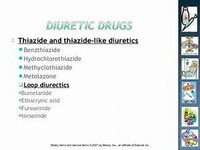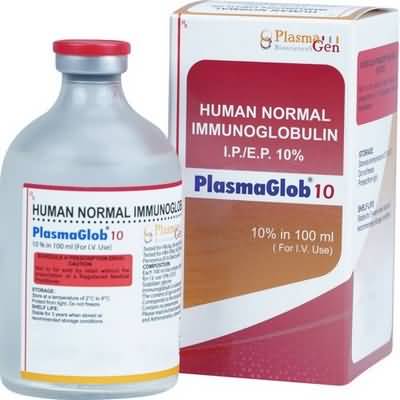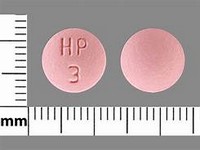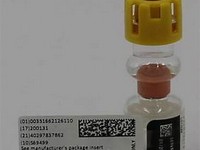irinotecan hydrochloride

irinotecan hydrochloride
CLINICAL USE
Treatment of metastatic colorectal cancer resistant to fluorouracil, or in conjunction with fluorouracilDOSE IN NORMAL RENAL FUNCTION
Without 5-FU: 350 mg/m2 every 3 weeksWith 5-FU: 180 mg/m2 every 2 weeksPHARMACOKINETICS
DOSE IN RENAL IMPAIRMENT
GFR (mL/MIN)
DOSE IN PATIENTS UNDERGOING RENAL REPLACEMENT THERAPIES
IMPORTANT DRUG INTERACTIONS
Potentially hazardous interactions with other drugsADMINISTRATION
Reconstition
–Route
IV infusion
Rate of Administration
Over 30–90 minutesComments
Dilute in 250 mL sodium chloride 0.9% or glucose 5%OTHER INFORMATION
Manufacturer advises avoiding use in renal impairment due to lack of dataMetabolism is primarily hepatic: where irinotecan is rapidly converted to active metabolite SN-38 by hepatic carboxylesterase enzymesExcretion is predominantly biliary: 64% excreted in faeces. The mean 24 hr urinary excretion of irinotecan and SN-38 (its active metabolite) was 19.9% and 0.25% respectivelyInfrequent reports of renal insufficiency due to inadequate hydrationTransient, mild to moderate increase in serum creatinine reported in 7.3% patients
See how to identify renal failure stages according to GFR calculation
See how to diagnose irreversible renal disease
Home








